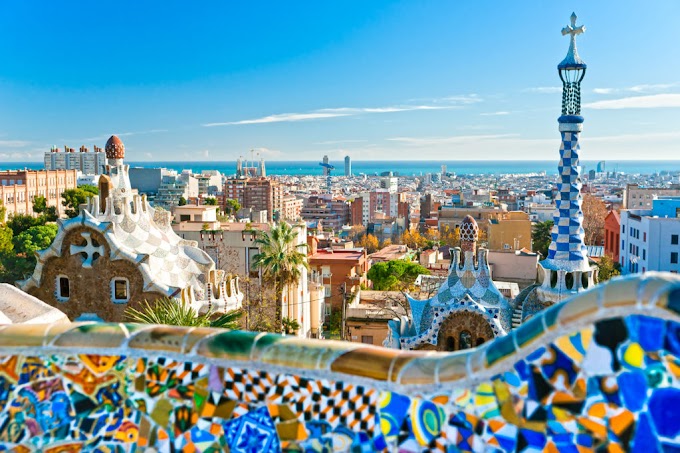Learn to read the city through its architecture.

If cities were people, and architecture – their style, then London could be described by the word "layering". In this town is crooked from the time the pubs and the ruins of medieval churches along with futuristic business centres and brutal arrays of residential complexes. Discover our guide to decipher the city through the facades of houses and to learn, finally, to distinguish from the Tudors to Victorians.
The TUDORS
Era: 1485-1603
Landmark buildings include the Palace of HAMPTON Court, Charter house

The fire of 1666 destroyed most of London, so up to the present day Tudor architecture came through the single surviving building. If you find yourself on the street, a densely built narrow white houses with dark wood panels – most likely, before you the Tudor house (but it is possible to simulate the XIX century). Note how disproportionately huge Windows of these houses, the owners sought to show their wealth, as glass was one of the most expensive and inaccessible materials.


GEORGIANS
Age: 1714-1837
Landmark buildings: Buckingham Palace, Somerset house

While the country in turn was managed by the four king George's, London was transformed by modern canons of European classicism, inspired by the Italian Andrea Palladio. Architecture rules of perfect symmetry and simple lines. The brick facades of the Georgian houses were decorated with white stucco ornaments, and over the door built in a neat window in the form of a fan. Icon residential Georgian architecture is the house 10 Downing Street, official residence of the Prime Minister of great Britain.


REGENCY STYLE
Age: 1800-1837
Landmark buildings: Church of all souls

The VICTORIANS
Era: 1837-1901
The iconic building: the Parliament Building, the Royal albert Hall, station St Pancras

In the age of Victoria in England there was a popular movement "Arts and crafts". The participants were artists led by William Morris, preaching the beauty in the house of every Englishman. So the interiors of the inhabitants there were curtains and Wallpaper with fancy ornaments, and carved furniture, embroidery and other non-trivial attributes for the home. The facades of the Victorian buildings are not inferior to their internal restraint: the main decorative elements are the wooden tiles, stained glass Windows and large Bay Windows, of which the most comfortable to look outside in the gloomy autumn day. From the island of Britain Victorian architecture migrated to other continents and transformed in the colonial style. Among his famous example is the San Francisco streets colored doll houses.

EDWARDIANS
Era: 1901-1918
The iconic building: the palladium Theater

The beginning of the XX century in England – a transport boom. Along with the new railroads began to grow and the city. In order to relieve the crowded centre of London, around the capital began to build suburban areas. The first Hampstead, North London – perfectly reproduces the aesthetics of the Edwardian architecture. Choosing the "sleeping area" is the lively centre, they got spacious rooms and a large garden. To keep in the house servants became a thing of the past, and Edwardian houses were built without the top floor for the maids.









